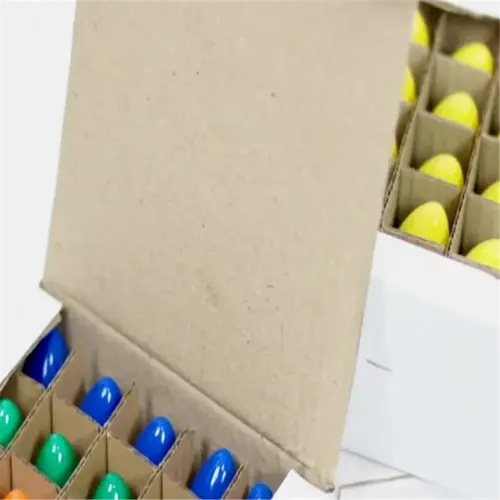What's the first step after getting soil test results?

Written by
Paul Reynolds
Reviewed by
Prof. Charles Hartman, Ph.D.Fixing the pH of your soil is like hitting the restart button. I had a client who had spent $120 on fertilizers to help with his stunted peppers. But when I re-tested the soil, the pH was 5.1! Too low a pH can become too acidic for phosphorus to be taken up by the plants. Adding lime, which increased the pH to 6.3 brought back the stunted plants. That was the end of their season and restored nutrient uptake in their crop.
pH Adjustments
- Apply pelletized lime for pH <6.0
- Use elemental sulfur for pH >7.0
- Wait 4 weeks before retesting
Nutrient Strategy
- Delay NPK apps until pH stabilizes
- Test runoff water for salinity
- Map amendment zones by crop needs
Regional precipitation determines amendments like lime. My clients in the Pacific Northwest focus on lime because of the acid rains which lower pH each year. In drier regions, too much lime (or calcium carbonate or calcium sulfate) can lead to soil that resembles cement. A client in Nevada with a soil pH of 8.2 needed to use sulfur and gypsum to break up an alkaline crust that was choking her rosemary roots.
Pay meticulous attention to record keeping. I use an electronic note-taking application for a plant-specific journal with the introduction date, rainfall, and plant reactivity. A client recently had a pH drop from 5.8 to 7.1 in 8 months. By reading their notes, it was clear they had over-limed the month before plus used alkaline well water. Today they test every three months and make small incremental adjustments to the soil.
Read the full article: How to Test Soil: 7 Essential Steps for Healthy Gardens

